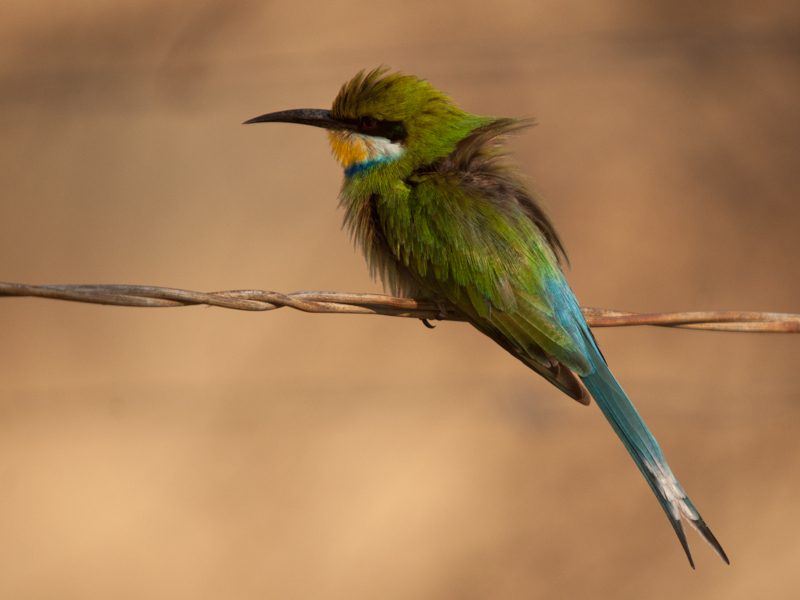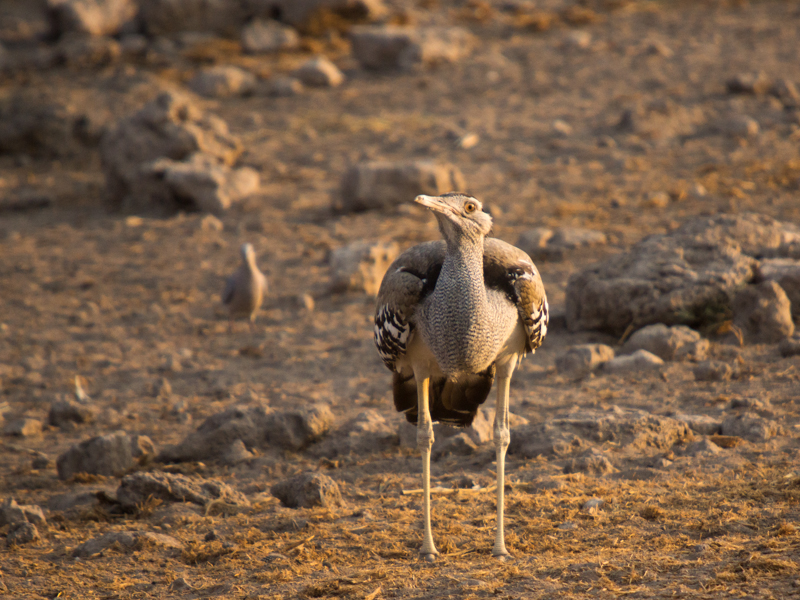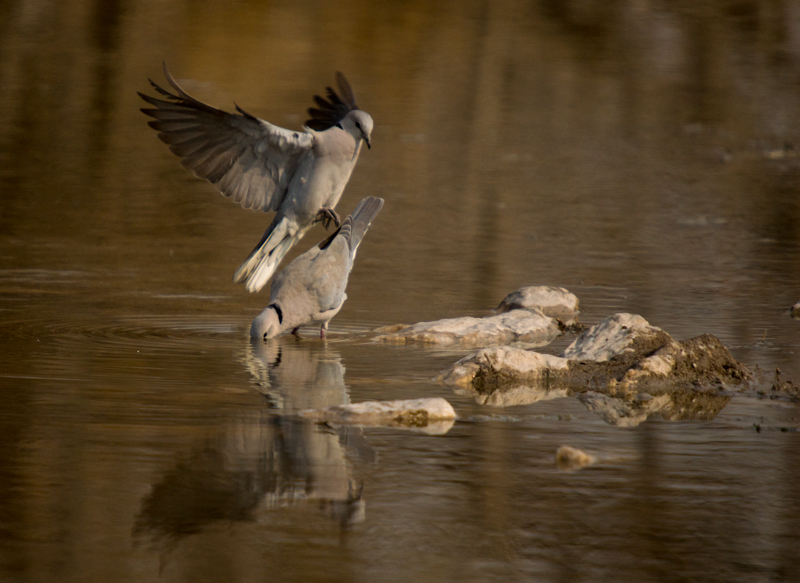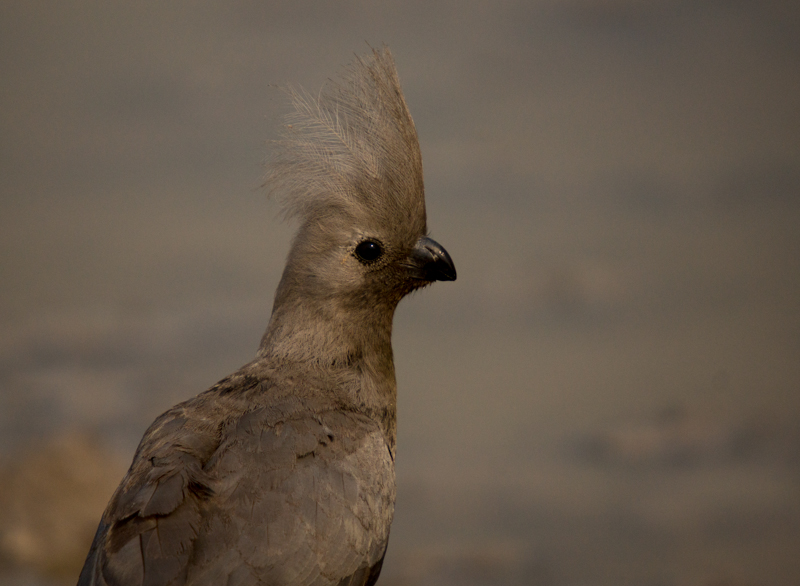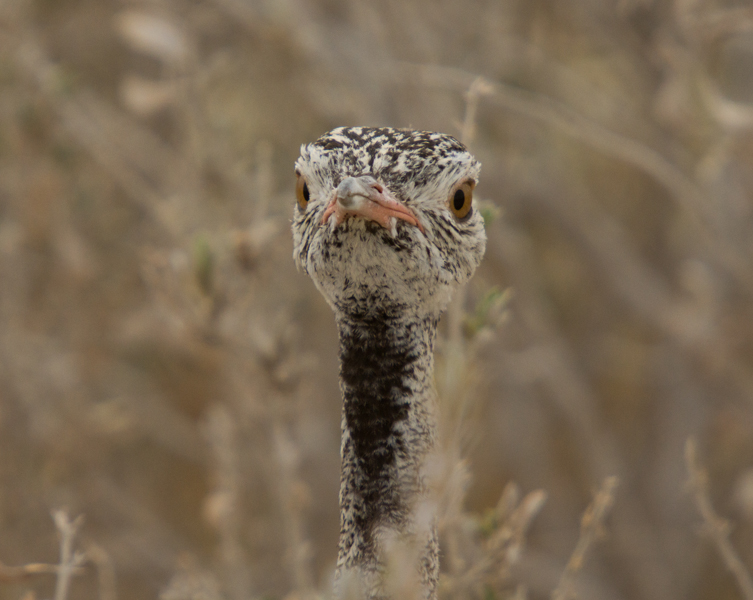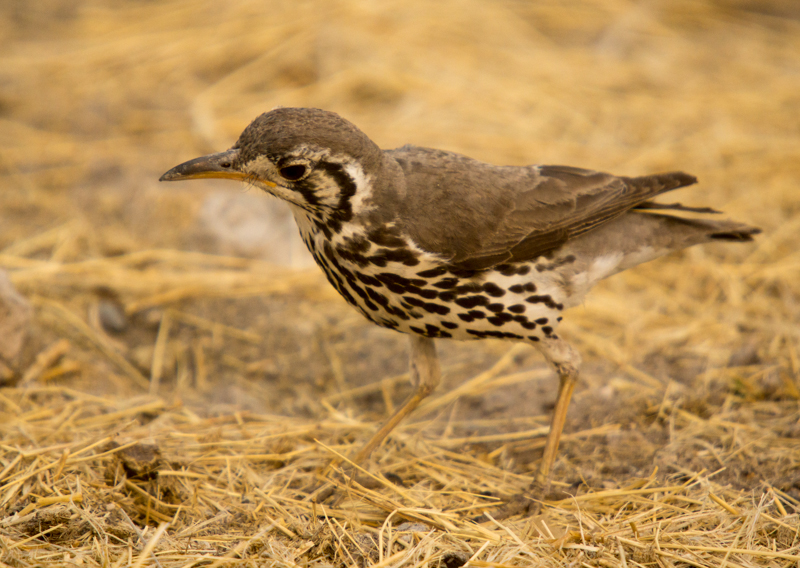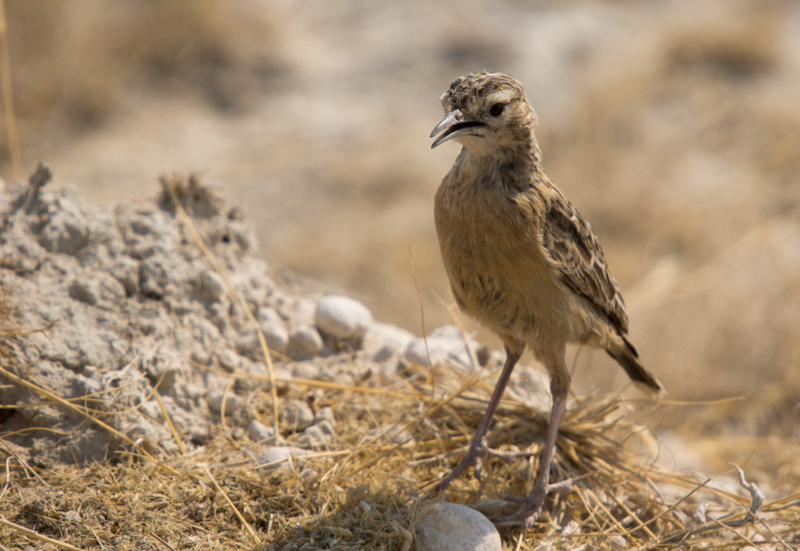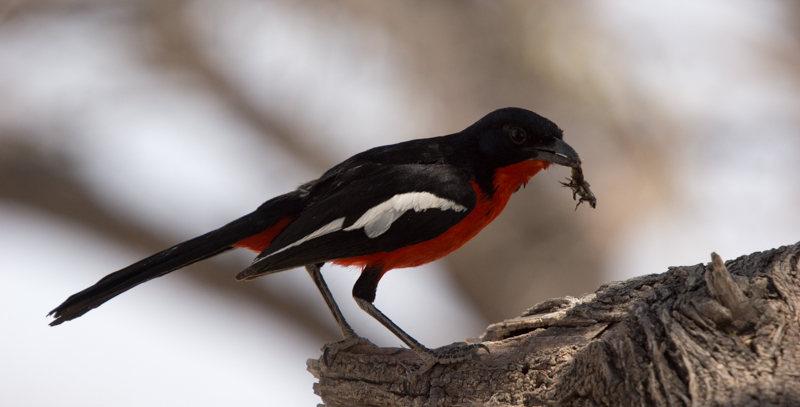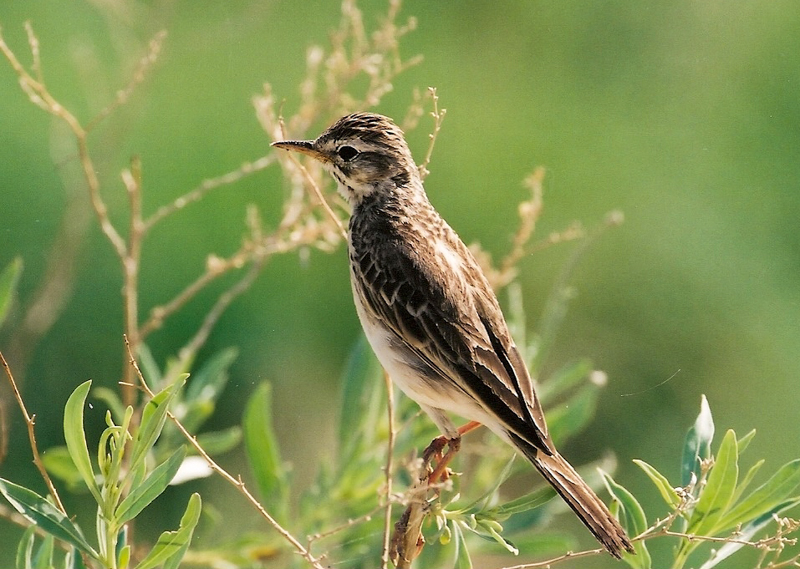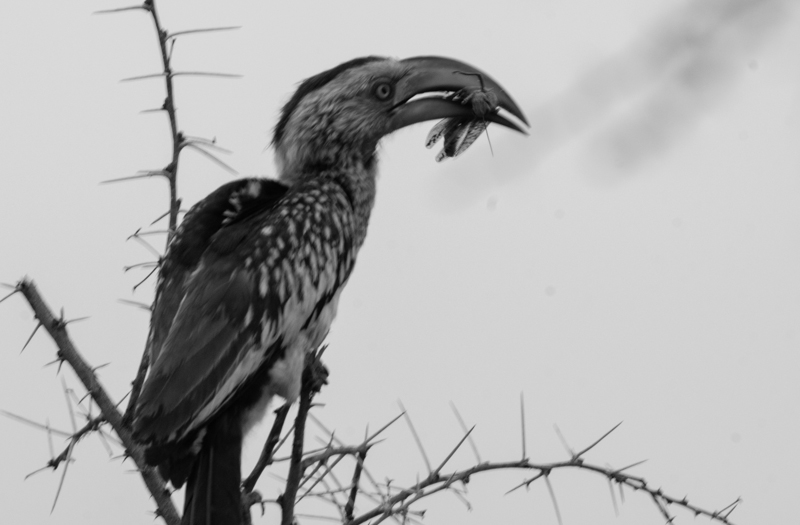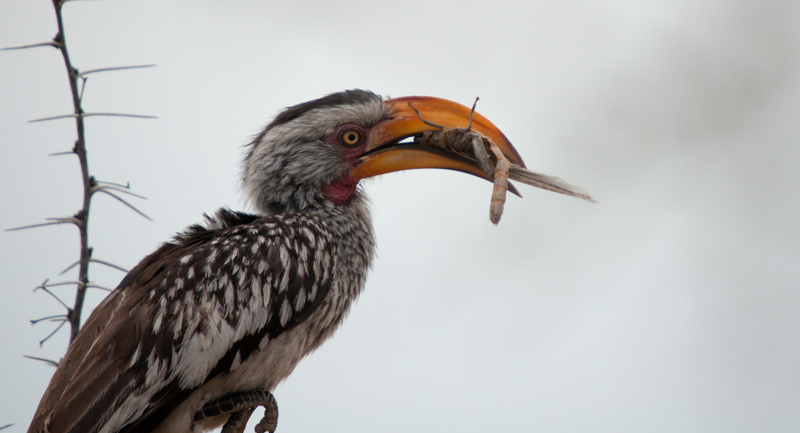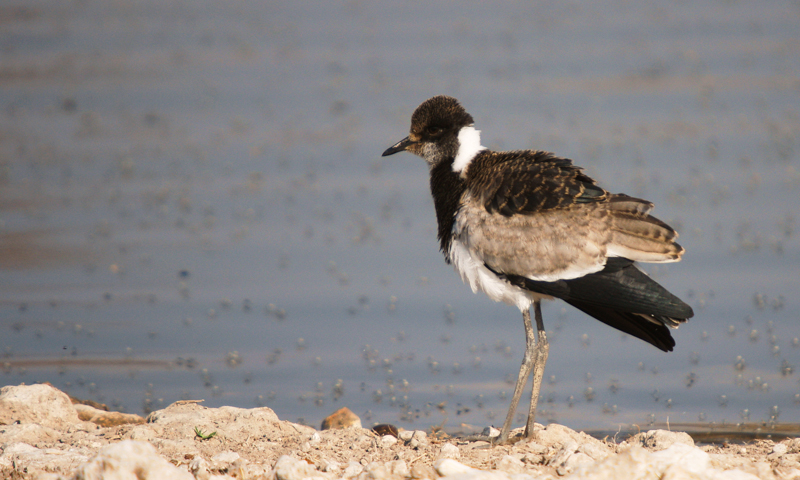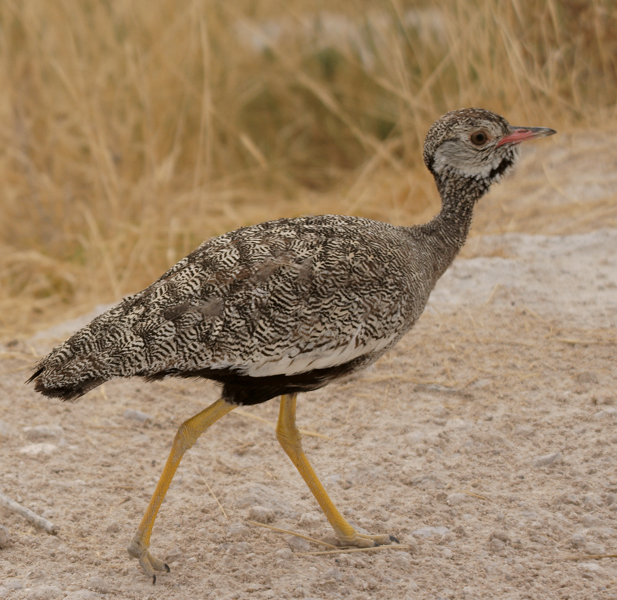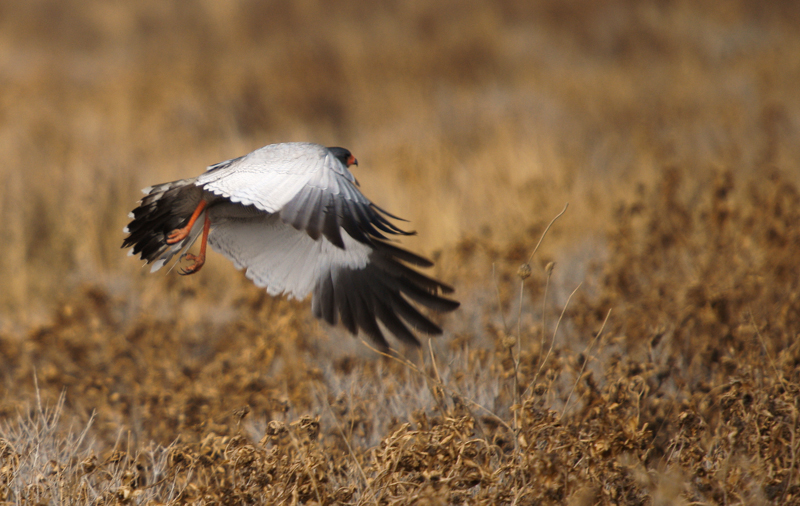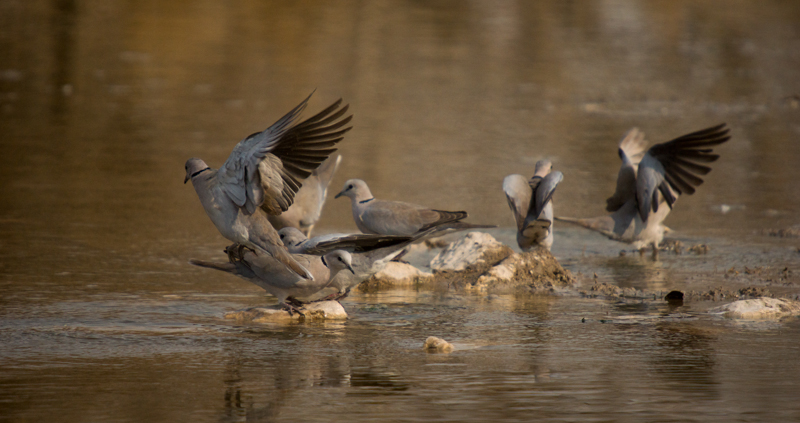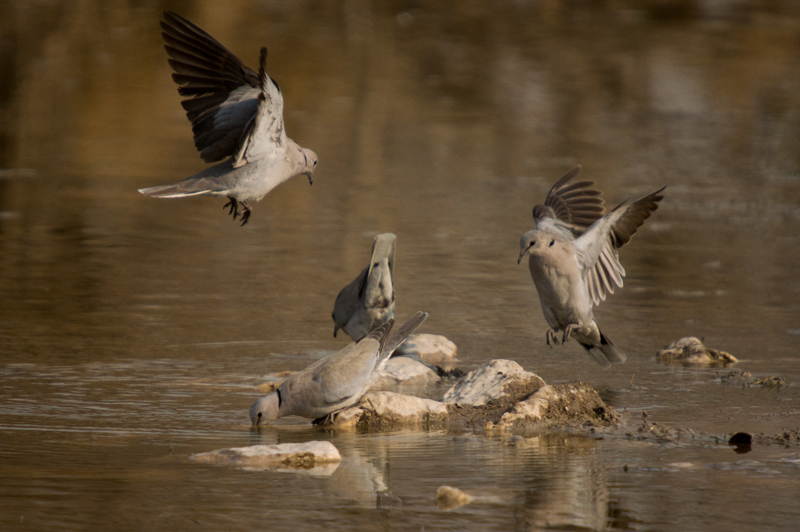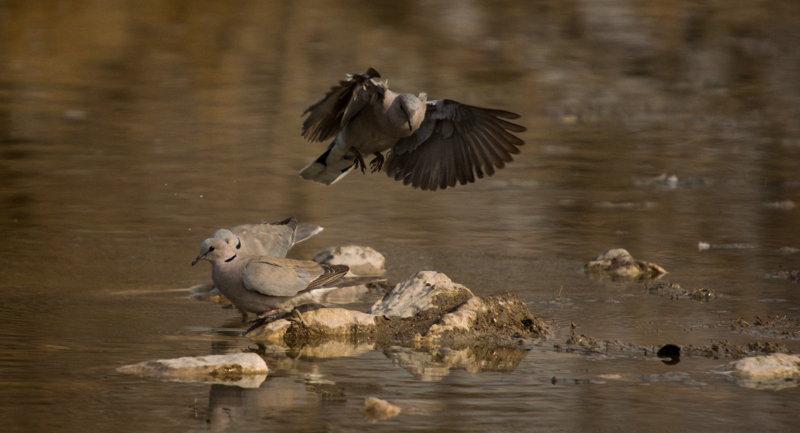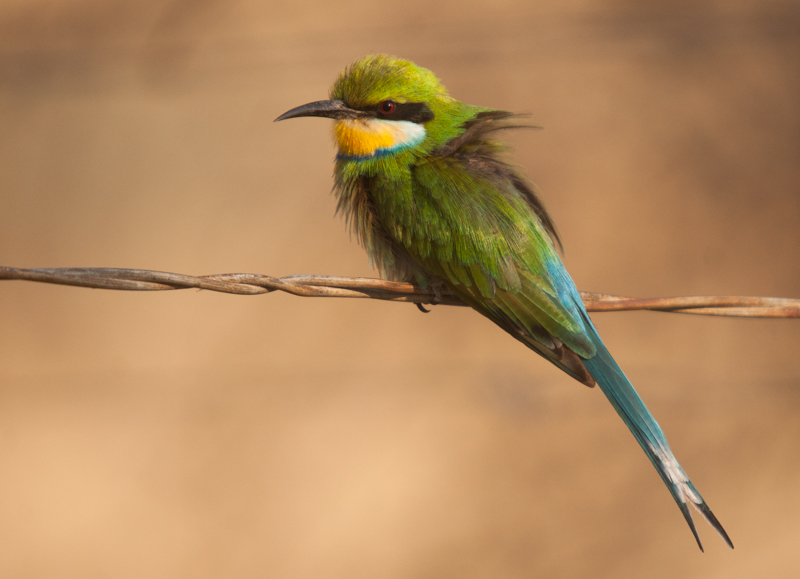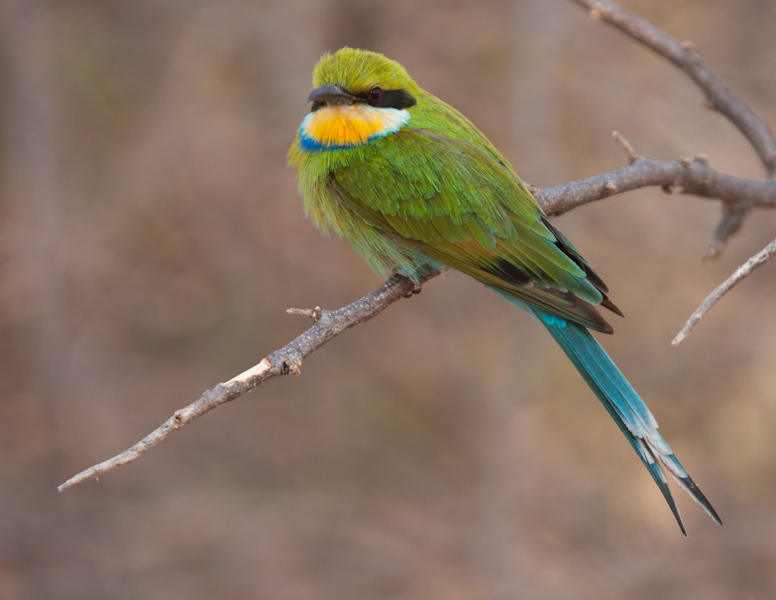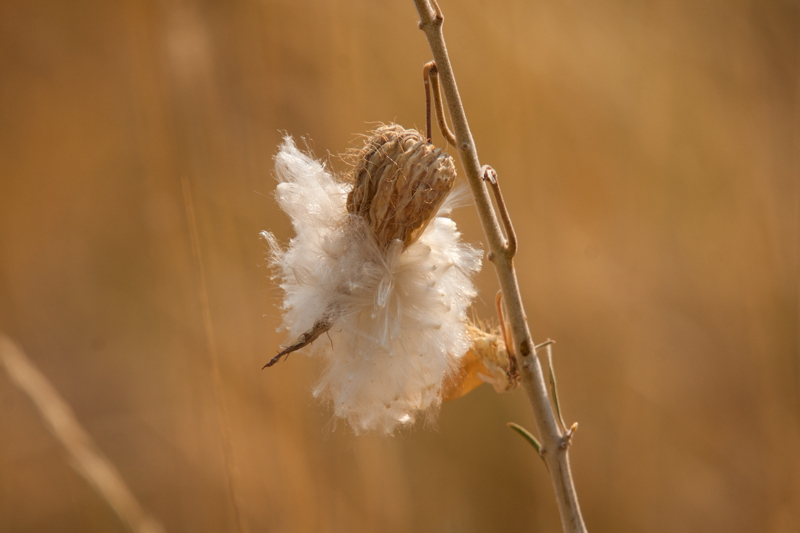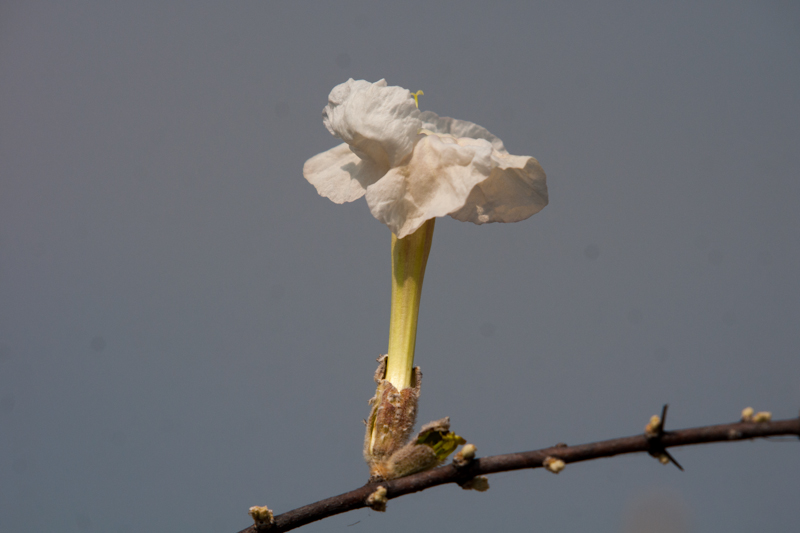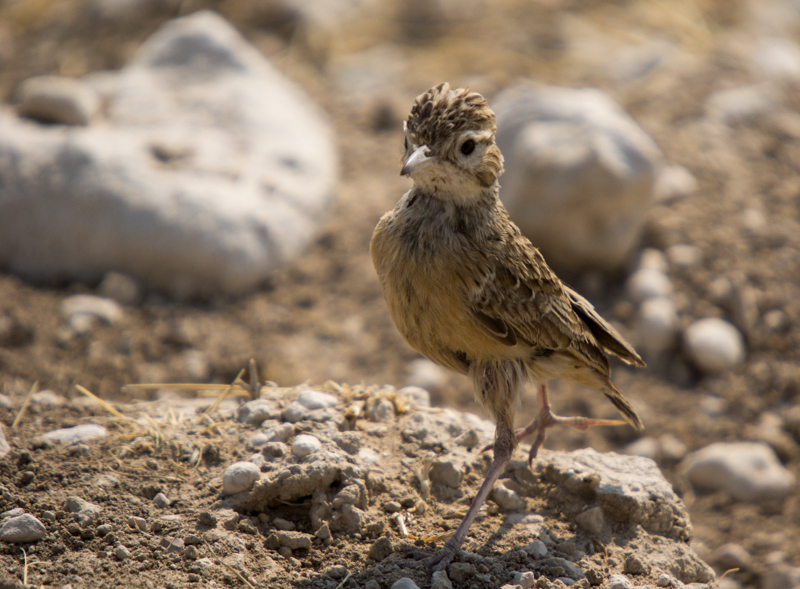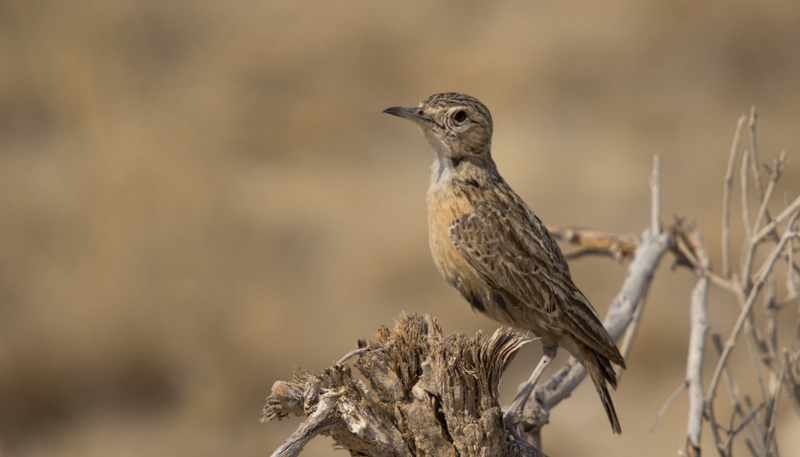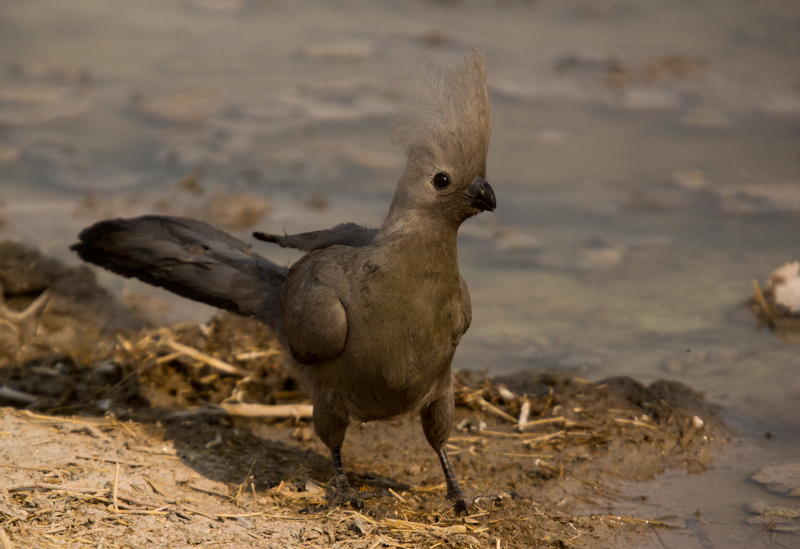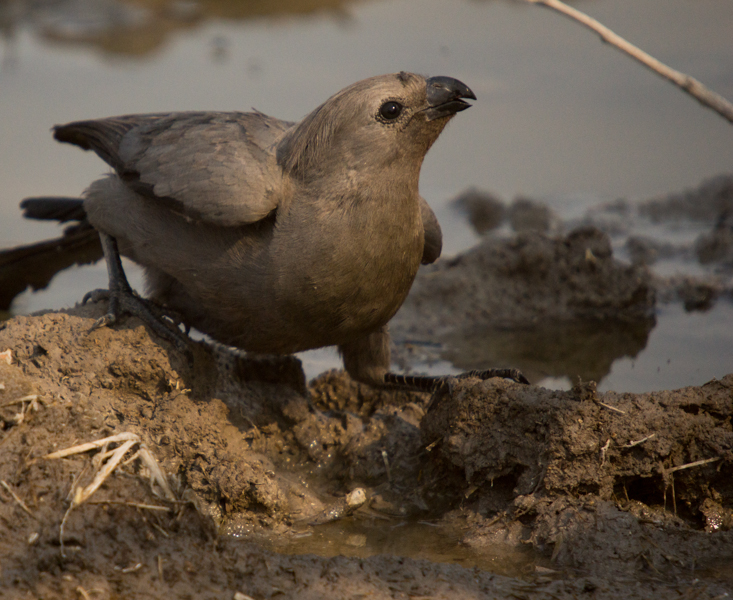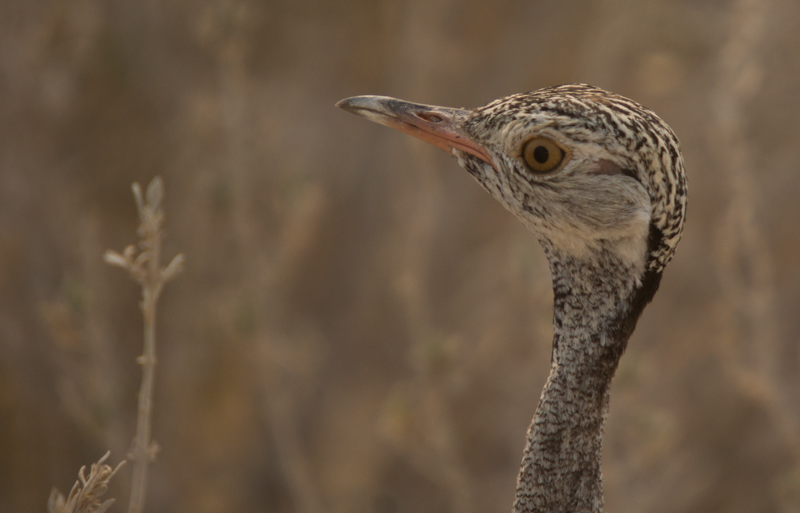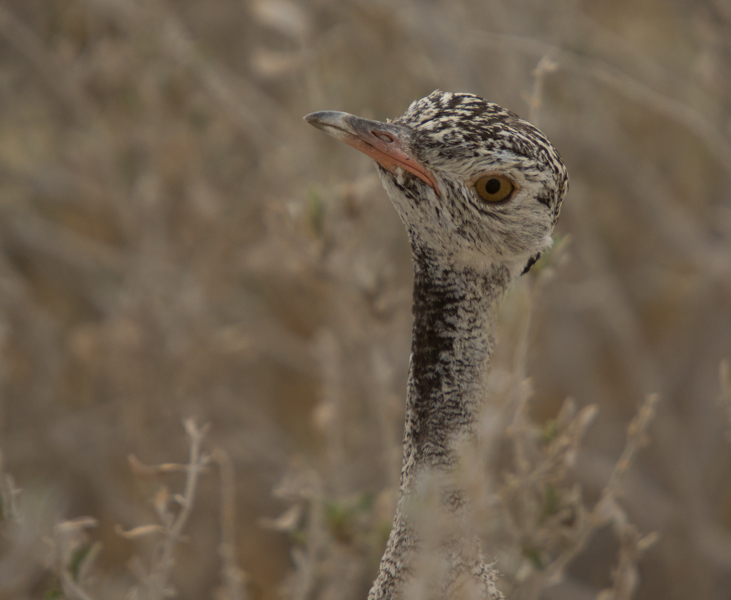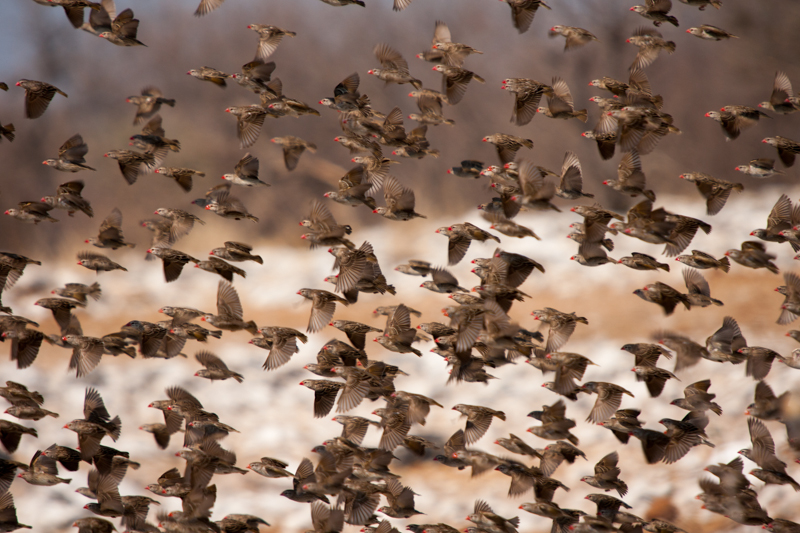lets move east towards the middle of the park.
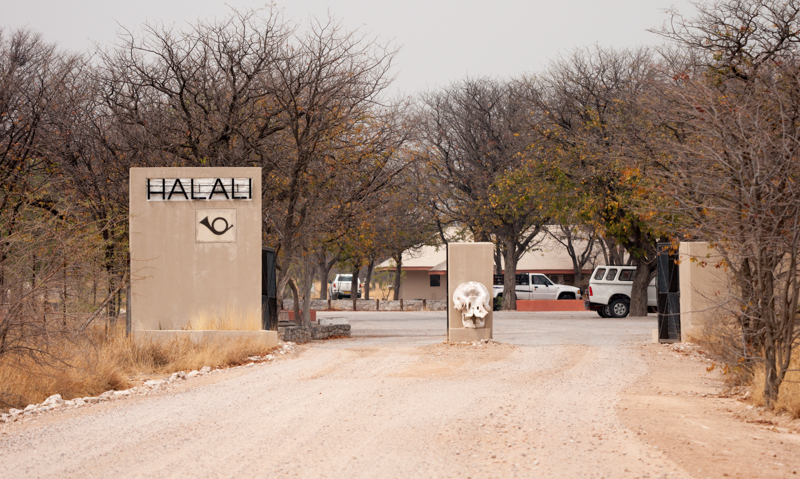
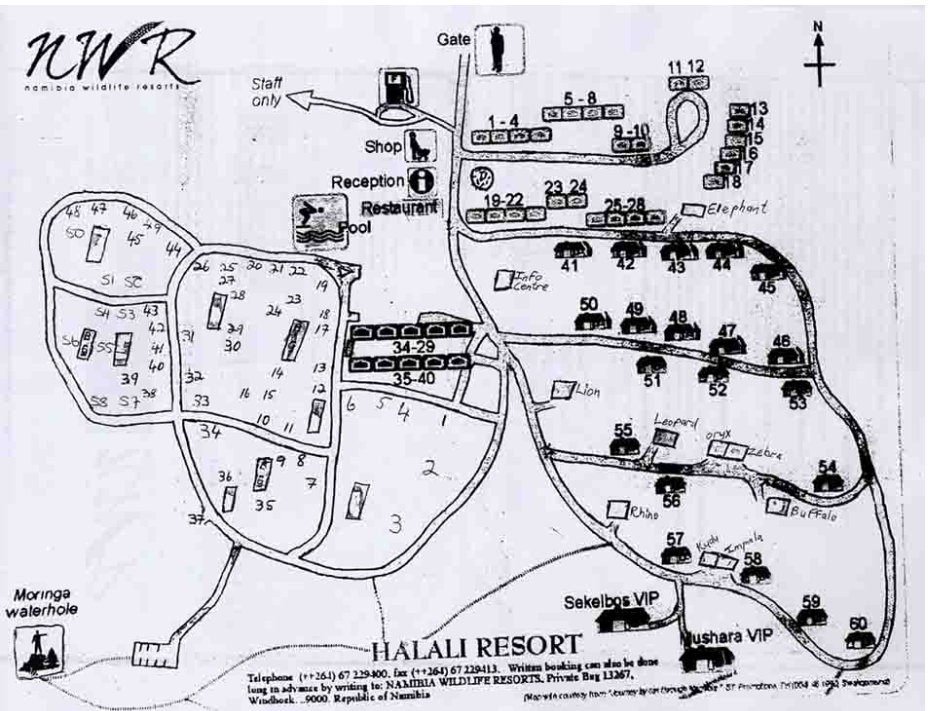
The word Halali refers to the sound of a bugle or horn announcing the end of a day’s hunting, and I suppose the German soldiers that were posted here enjoyed the hunting until Governor Von Lindequist wisely declared the Etosha a game park and reserve.
Strategically located halfway between Okaukuejo and Namutoni, Halali is situated at the base of a dolomite hill, amongst shady Mopane trees. The camp is easily accessible either through Anderson or Von Lindequist entrance gates. A flood-lit waterhole which is viewed from an elevated vantage point provides exceptional wildlife viewing throughout the day and into the night. Accommodation is provided in honeymoon chalets, family chalets, two and four bed bush chalets and double rooms – all converted with large sliding doors to the outside, to allow visitors to experience and benefit from the peace and tranquillity of the natural surroundings.
Other facilities include a restaurant, bar, shop, swimming pool, kiosk and camping facilities.
Waterholes:
Batia: A good waterhole for viewing plains animals. Blue wildebeest, springbok and elephant can be found here.
Charitsaub: Popular water hole with plains animals – springbok, gemsbok, plus cheetah
Goas: Lots of animals visit this water hole. Black faced impala, blue wildebeest, red hartebeest, elephant, lion, zebra and birds of prey.
Helio: Small waterhole, but you can often find elephant and small game here.
Noniams: Better spending your time at Goas which is close by.
Nuamses: Close to the edge of the pan this water hole attracts plains animals and elephant.
Rietfontein: Very popular and large water hole frequented by springbok, elephant, lion along with nearly all the species found in the park, including leopard. It’s a little far from the road for photographers, but a must visit.
Salvadora: Popular water hole with plains animals – springbok, gemsbok,
Springbokfontein: Not very popular.
Sueda: Popular water hole with plains animals – springbok, gemsbok,
